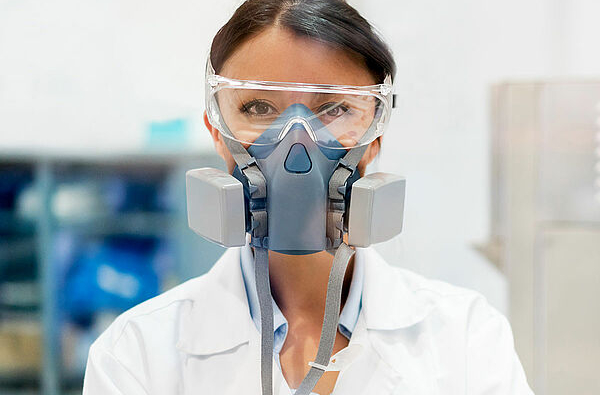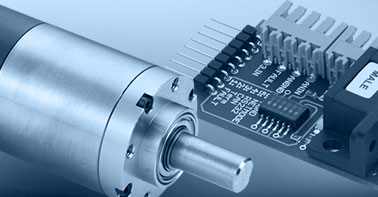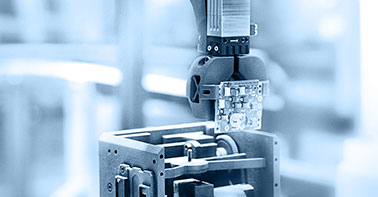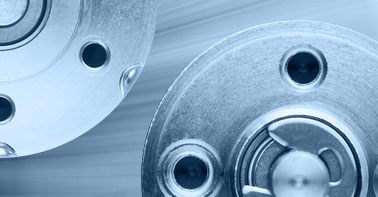- info@ems-ltd.com
- 0118 9817391
Home > Sectors > Healthcare > Powered air-purifying respirators
DC motors for healthcare worker safety

DC motor-driven respiratory systems are an essential for healthcare workers in hazardous environments.
A number of illnesses can be transmitted through the air. This airborne transmission of bacteria or viruses occurs via small respiratory droplets, released when the patient sneezes, coughs, or speaks. Protecting workers from catching these illnesses is important for employee safety, as well as preventing disease spreading throughout the hospital to other patients.
To protect staff from airborne diseases, they may be issued with a powered air-purifying respirator (PAPR). These are wearable ventilation systems that provide clean, contaminate-free air.
In terms of operation, the PAPR system is quite simple. A small DC motor powers a fan, which draws air into the mask. This air is then passed through one or more filters to remove any contaminants. PAPRs may be mains powered, but in a hospital setting, battery-operated masks are far more common. This allows workers to move around between patients without having to constantly plug in and unplug the mask.
There are a number of considerations designers must make when manufacturing these closed PAPR systems, including efficiency, weight, and effectiveness.
Filter type
A variety of filter types are available for PAPRs depending on the application. For example, those working in construction will benefit from specialist filters to remove the fine dust created in processes like woodworking. In a clinical or laboratory setting, high-efficiency particulate air (HEPA) filters are more common, able to filter out bacteria smaller than five microns.
Design and comfort
At minimum, PAPR systems should cover the nose and mouth of the wearer. For more complete protection, it's preferable to opt for a mask with eye coverings as well. Designers must find a careful balance between comfort and safety here. If the respirator must be worn for long periods, it’s important to make sure that it isn’t uncomfortably heavy, or so bulky that it affects peripheral vision. On the other hand, a mask that is too loose won’t be effective.
Materials should be chosen carefully to ensure they can withstand rigorous cleaning procedures between wears. Fragile materials may be damaged by harsh chemical disinfectants.
Drive system
The powered aspect of these respiratory systems is the DC motor operating the fan. Rather than relying on the user's breathing power, the motor drives the fan to draw in air through the filter. The benefit of a powered system is that it typically offers a much more natural and comfortable experience for the wearer, who doesn’t need to work as hard to maintain a good air flow. However, the introduction of this feature means medical device manufacturers have another element to consider: the drive system.
In such an application where size and wearability are key, it’s essential that the motor chosen is compact, quiet running and lightweight. Reliability is another important attribute. It’s important that the DC motor is dependable and won’t fail unexpectedly, putting workers at risk. And when it comes to wearables like PAPRs, high efficiency is a requirement to maximise battery life from a single charge.
These demanding requirements can be a challenge to meet, but there are solutions on the market. Offering the world’s largest consolidated portfolio of miniature and micro drive technologies, FAULHABER has a variety of motors suited to the high demands of medical technology devices. Here, EMS has identified two of its DC motor ranges designed for use in wearables such as respiratory systems.
FAULHABER SR brushed motor series
The SR series of DC micromotors with precious metal commutation offers high efficiency for extended battery lifetimes. With minimal rotor inertia, brushed motors in the SR series offer highly dynamic control. Its all-steel housing with corrosion-resistant coating allows for a robust brushed motor. And its low current and starting voltage makes it perfectly suited for battery operation, including in wearable medical devices like PAPRs. The smallest motor in the SR range, the 0816, offers a maximum stall torque of 1.15 milli Newton metres (mNM) from a diameter of just 8 millimetres.
FAULHABER flat DC motor BXT series
The BXT series of flat DC motors is another suitable option for PAPRs. Thanks to FAULHABER’s innovative winding technology, these high torque DC motors offer efficiency and performance that’s significantly beyond market standards. Torques of up to 134 milli Newton metres are available, with diameters ranging from 22 to 44 mm. And motors in the BXT range are incredibly compact too, with motor lengths starting at just 14mm. As a result, these flat motors are ideal for devices requiring extremely short drive solutions, including respiratory masks and other medical equipment.
The BXT product family also includes the BXT SC range. The SC motors feature integrated drive electronics for enhanced speed control, extending the motor length by only 6.2 mm.
As the exclusive FAULHABER distributor for the UK and Ireland, a variety of electric motors and accessories are available through EMS. Find out more about our motors can benefit medical device applications over on our blog or get in touch with a member of the team to discuss your drive system requirements.









